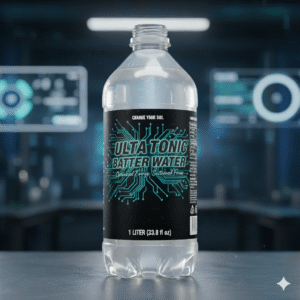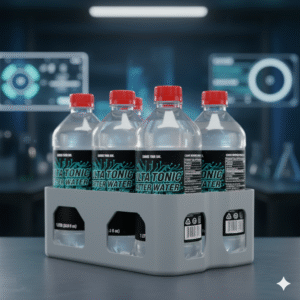Stop Killing Your Battery !
Top up with Ultra Tonic Battery Water
The only zero-impurity, triple-filtered water designed to maximize the life and performance of your inverter batteries and car batteries.
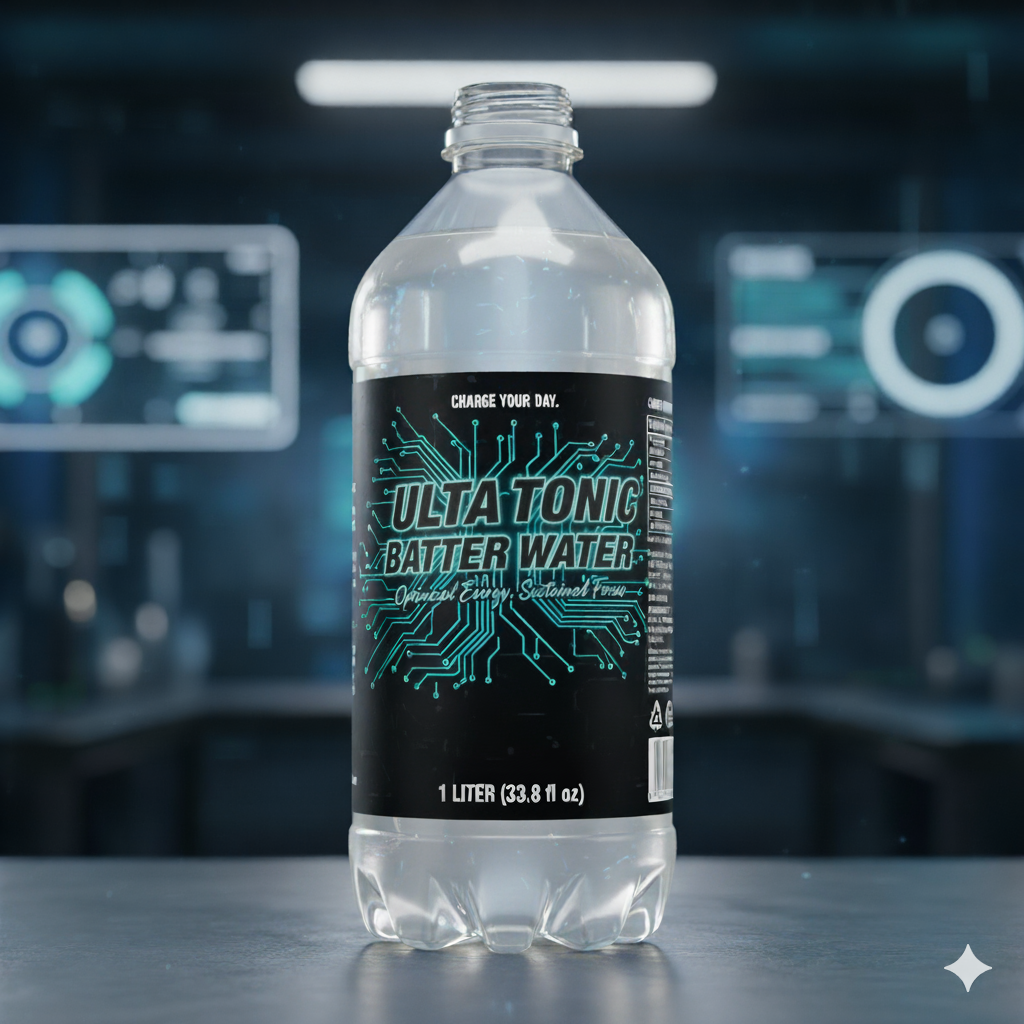

CRROSION & SHORTNED LIFE
OPTIMAL PERFORMANCE
100% Guaranteed Purity
The R.S 1000 Mistake That Costs You R.S 220,000+
Many people lose this R.S 220,000+ money every year due to
1
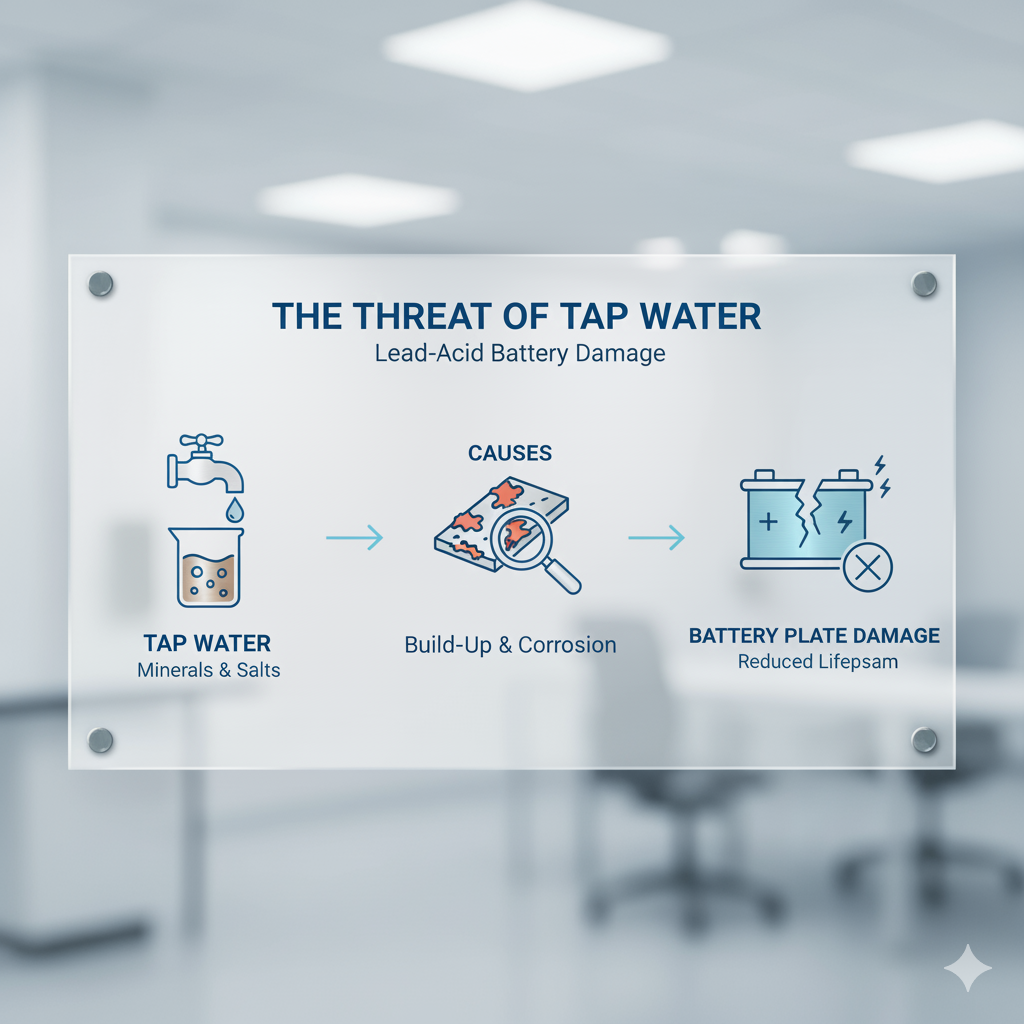
2
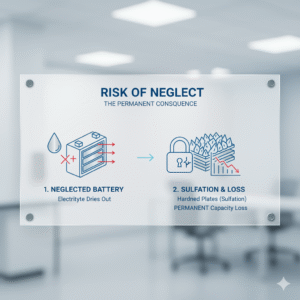
3
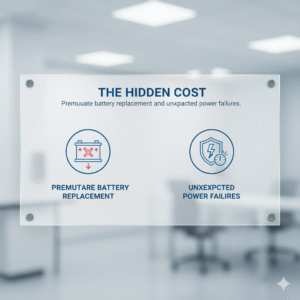
Our Water is 3x Purified: The Safest Choice for Your Cells
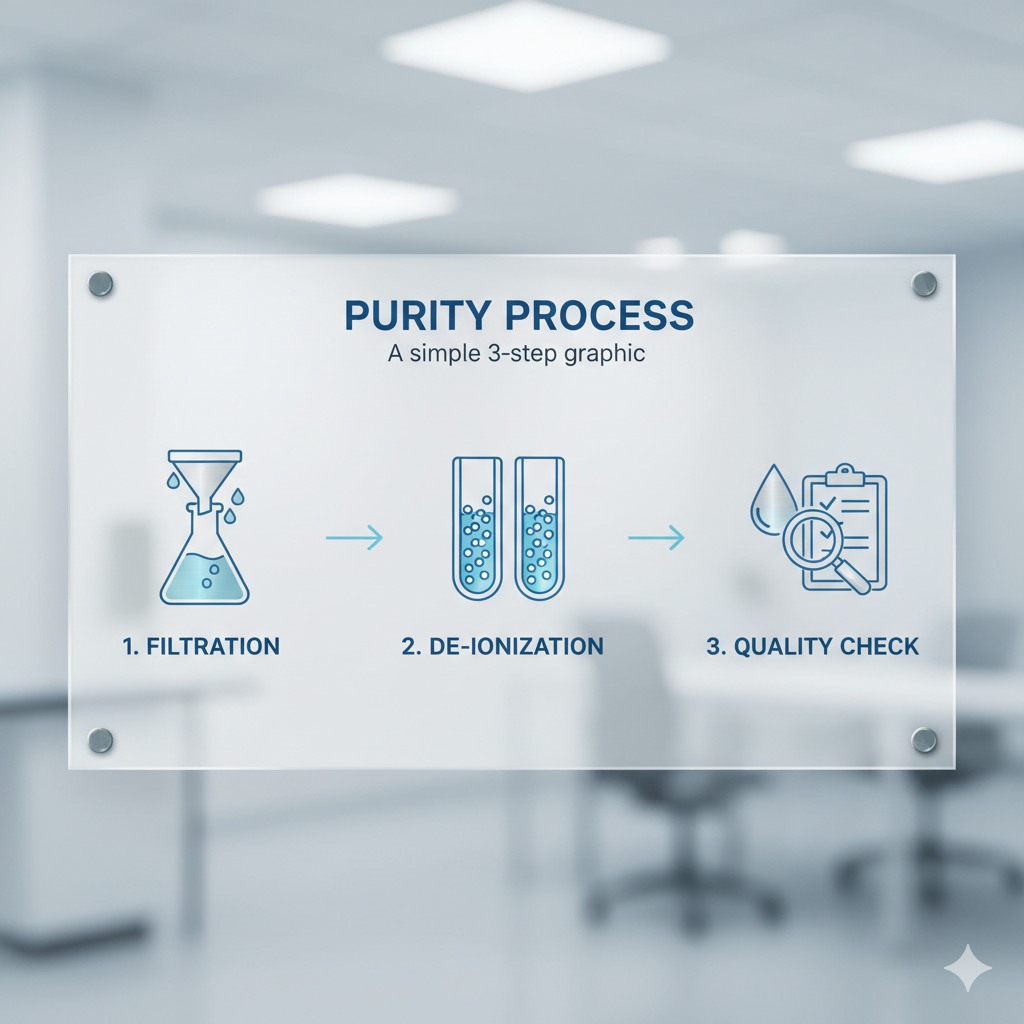
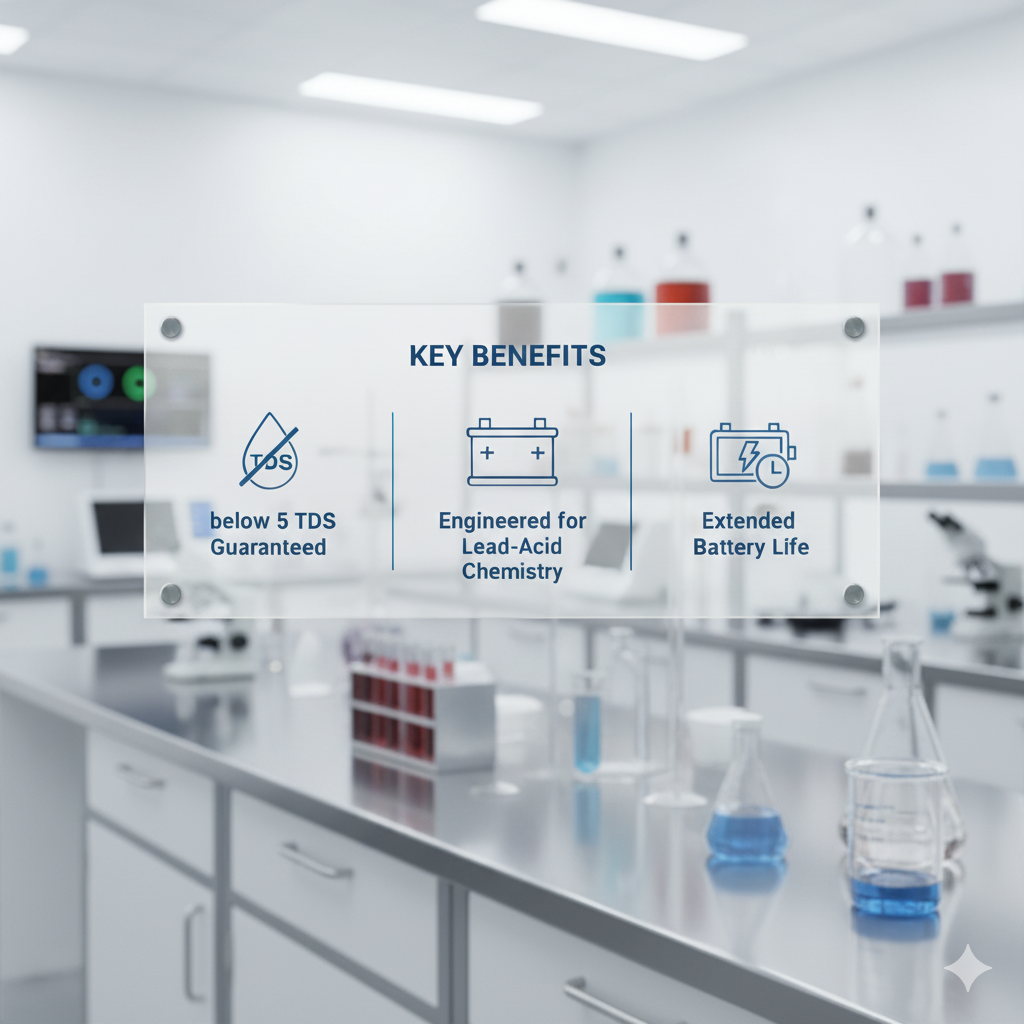
Get Your Value Pack
Frequently Asked Questions (FAQs)
Q: Is this different from bottled water?
A: Yes, bottled water has minerals that destroy your battery. Our water has a TDS of below 5.
Q: How often do I need to add water?
A: Check levels monthly, but generally refill every 1-3 months.
Q: Why can’t I use boiled water, filtered water, or rain water?
A: Even though these types of water seem pure, they are not suitable for your battery.
Boiled water only removes pathogens; it leaves behind the harmful, corrosive minerals and salts.
Filtered water (like from a pitcher filter) only removes large particles and doesn’t eliminate the microscopic dissolved minerals.
Rainwater collects atmospheric pollutants.
Your battery requires de-ionized (DI) or distilled water with a Total Dissolved Solids (TDS) reading of zero—which is exactly what we provide—to prevent mineral buildup and battery damage.
Q: How can I tell if my battery needs water? What is the sign?
A: The most reliable way is to visually check the cell caps.
Carefully open the cell caps and look inside. The lead plates should always be fully submerged in the electrolyte liquid.
If you see the tops of the lead plates exposed to the air, the water level is too low, and you need to add water immediately.
Neglecting this causes the exposed plates to harden (sulfation), leading to permanent loss of capacity.
Q: Should I add water before or after charging my battery?
A: You should always add water after the battery is fully charged.
Check Before Charging: If the plates are exposed, add just enough water to cover the exposed plates. Do not fully fill yet.
Fully Charge: Charge the battery completely. The charging process heats the electrolyte, causing it to expand.
Top Off After Charging: Once the charge is complete and the battery has cooled, top off each cell to the correct fill line (usually about 1/8 inch below the vent well). This prevents overfilling and overflow.
Q: Why do batteries only lose water and not acid?
A: The sulfuric acid (H2SO4) in the battery’s electrolyte does not evaporate; it chemically bonds with the lead plates during the discharge process. The water (H2O) portion, however, is consumed.
During recharging, the water molecules are split into hydrogen and oxygen gas (a process called “gassing”) which then vent and escape.
Since the acid remains, only pure water needs to be replaced to maintain the correct chemical balance. Adding acid would actually damage the battery by making the electrolyte too concentrated.
Q: Can I use this water for my AGM or Gel (sealed) battery?
A: No, our water is only for Flooded (or “Wet Cell”) Lead-Acid batteries.
Flooded batteries are designed to be maintained, requiring periodic water top-ups.
AGM (Absorbed Glass Mat) and Gel batteries are “maintenance-free” and sealed. You should never attempt to open them to add water, as this will destroy the battery’s chemical seal and void the warranty.
